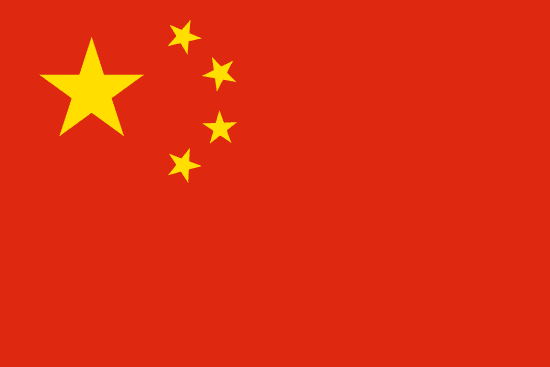"厦门,让你忘不掉的城市 | Xiamen, the city you can't forget."
About:
Xiamen, a city in southeastern China, was established as a seaport in the Song Dynasty (960-1279). It was a major port for foreign trade during the Ming Dynasty (1368-1644). In the 19th century, it was designated a treaty port following the First Opium War. Xiamen experienced rapid industrialization in the 20th century, especially after it was declared a Special Economic Zone in 1980. Today, it's a vibrant city known for its robust economy, universities, and cultural heritage.
When to visit:
Xiamen, a coastal city located in southeastern China, boasts a subtropical monsoon climate with distinct seasons. The best time to visit Xiamen on a holiday is during the autumn months of September to November when the weather is mild and comfortable, making it ideal for outdoor activities and sightseeing. Spring is also a good time to visit, with blooming flowers and pleasant temperatures. However, it is advisable to avoid the summer months due to high temperatures and frequent typhoons that may disrupt travel plans.
When to avoid:
Xiamen, a popular tourist destination in southeastern China, experiences its peak holiday season during the Chinese New Year in late January or early February. This period sees a significant influx of local and international visitors, resulting in crowded attractions, higher accommodation prices, and limited availability. Traveling to Xiamen during this time can lead to longer wait times, reduced availability of services, and increased difficulty in securing transportation and accommodations. Visitors looking to avoid the crowds and higher costs may want to consider visiting Xiamen during off-peak seasons such as late spring or early autumn.
Summer
The summer in Xiamen is very hot and humid, with temperatures often exceeding 35 degrees Celsius (95 degrees Fahrenheit). It is also the peak of the typhoon season, which can cause heavy rain and strong winds.
Autumn
The autumn in Xiamen, from October to December, is the best time to visit. The weather is mild and sunny, with average temperatures ranging from 20 to 24 degrees Celsius (68 to 75 degrees Fahrenheit), and it is also the dry season with less rainfall.
Language:
Mandarin Chinese is the official language spoken in Xiamen, a city in China's Fujian Province. However, the local dialect is Southern Min, specifically the Xiamen sub-dialect of the Amoy dialect. English is also taught in schools and used in business settings.




